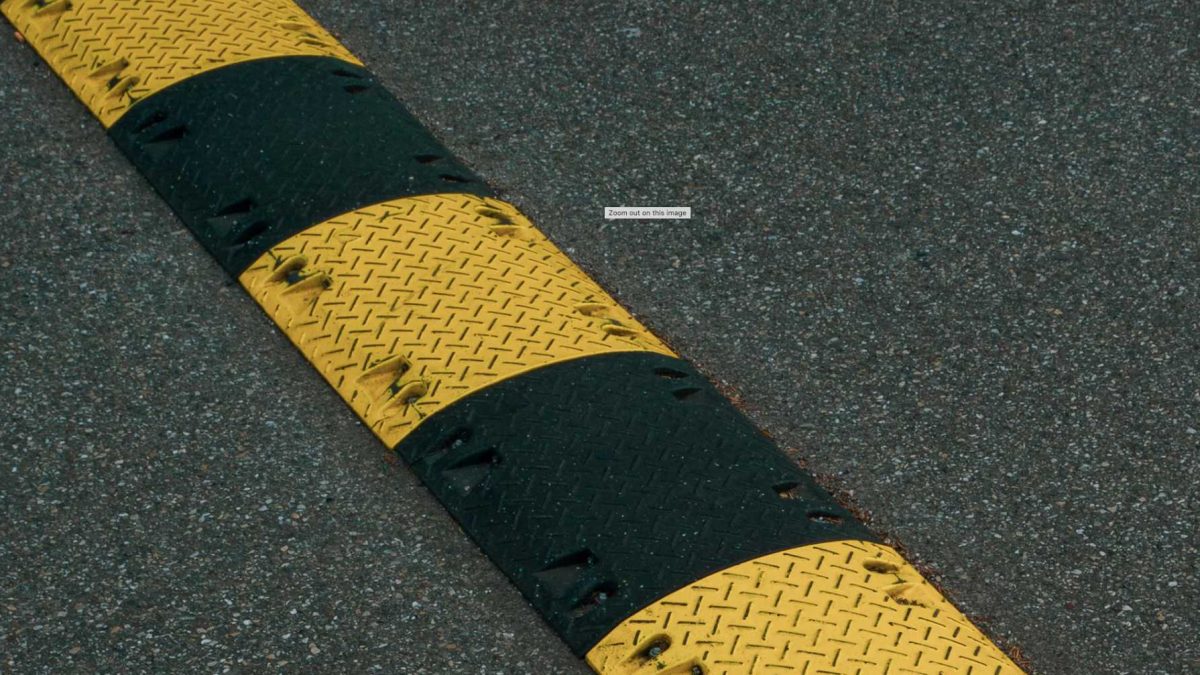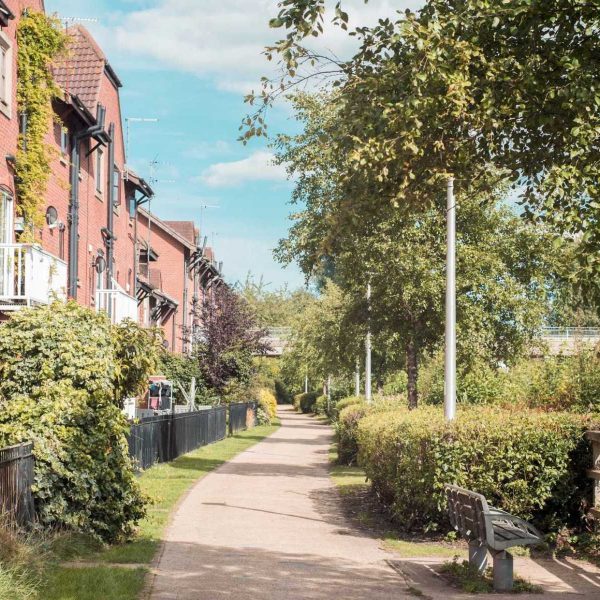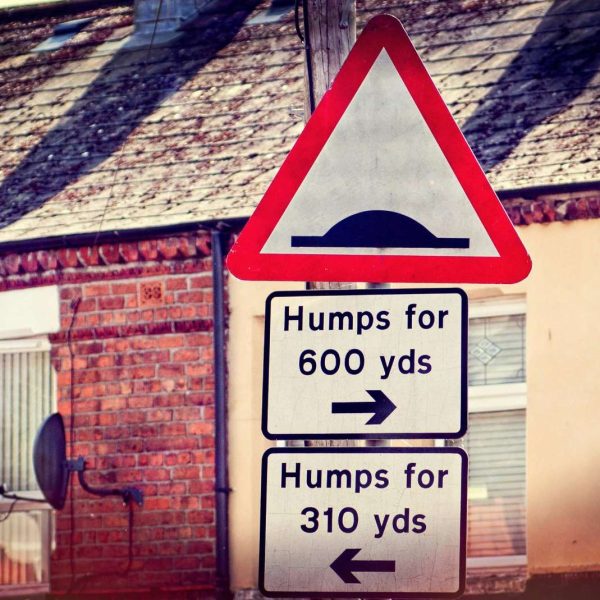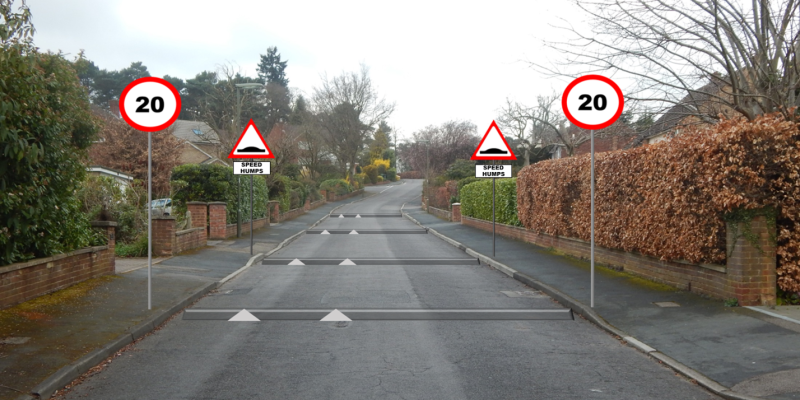
Perspectives on Speed Bumps and Humps: A Balancing Act
Speed bumps and humps are a topic that often sparks heated debates among motorists, city planners, and community members. While some view them as necessary tools to control speeding and enhance road safety, others see them as nuisances that disrupt the flow of traffic and cause damage to vehicles. In this article, we will explore various perspectives on speed bumps and humps, shedding light on their public perception, unintended consequences, effectiveness, alternatives, environmental considerations, impact on traffic flow, design considerations, successful implementation strategies, legal implications, and their delicate intersection with cyclist safety.
Public Perception and Community Feedback
When it comes to speed bumps and humps, public perception plays a crucial role in their acceptance and effectiveness. Many communities embrace speed bumps as a means to protect their neighborhoods from reckless drivers. Residents often provide feedback and express gratitude for these traffic calming measures. They appreciate the sense of security these bumps bring, as they deter speeders and increase pedestrian safety.
However, some argue that speed bumps and humps create unnecessary inconveniences. They claim that these road features are not always effective in controlling speeding and can lead to an increase in noise pollution due to vehicles decelerating and accelerating. Furthermore, the irritation caused by constant bumping can take a toll on both motorists and residents.
It is important to note that the placement of speed bumps and humps is a critical factor in determining their impact on a community. Strategic placement can effectively slow down traffic in key areas, such as near schools, parks, or residential zones. When implemented thoughtfully, speed bumps can enhance the overall quality of life for residents by promoting a safer and more peaceful environment.
Community feedback on speed bumps and humps can lead to ongoing discussions and potential modifications to existing traffic calming measures. Collaborative efforts between local authorities and residents can result in tailored solutions that address specific concerns while balancing the need for traffic safety. By fostering open communication and actively seeking input from the community, a more harmonious relationship between residents and road management authorities can be achieved.
The Unseen Consequences of Speed Bumps and Humps on Emergency Services
While speed bumps are intended to deter drivers from speeding, they can inadvertently slow down emergency vehicles during crucial moments. This unintended consequence has sparked concerns among emergency service providers and raised questions about the balance between road safety and prompt emergency response.
Emergency service vehicles, such as ambulances and fire trucks, require uninterrupted access to their destinations. The presence of speed bumps and humps can significantly impede their ability to reach emergencies quickly, potentially leading to life-threatening situations. It poses a challenging dilemma: How can we strike a balance between road safety and the ability of emergency services to provide timely assistance?
Emergency responders often have specialized vehicles designed for swift and efficient travel. These vehicles are equipped with advanced medical equipment or firefighting gear, enabling them to provide critical aid in emergencies. However, the effectiveness of these vehicles is compromised when they encounter obstacles like speed bumps and humps, which force them to slow down considerably.
The impact of speed bumps on emergency services extends beyond just response times. The repeated acceleration and deceleration required to navigate these road obstacles can lead to increased wear and tear on emergency vehicles, potentially affecting their overall lifespan and maintenance costs. As emergency service providers strive to balance the need for road safety measures with the urgency of their life-saving missions, innovative solutions and collaborative efforts between city planners and emergency responders are essential to ensure the efficient operation of emergency services without compromising public safety.
Effectiveness in Reducing Speeding
Proponents of speed bumps and humps argue that these traffic calming measures effectively reduce speeding. By forcing drivers to slow down, they create a safer environment for pedestrians and other road users. Studies have shown that speed bumps and humps can decrease vehicle speeds by up to 45% in areas with high levels of speeding.
One interesting aspect to consider is the psychological impact of speed bumps on drivers. The jolting sensation experienced when driving over a speed bump serves as a physical reminder to adhere to the speed limit. This tactile feedback can be a powerful deterrent for those tempted to speed, as it disrupts the smooth flow of driving and prompts a more cautious approach.
However, critics question the long-term effectiveness of these measures. Some argue that drivers may become desensitized to speed bumps over time, reducing their impact on speed control. Additionally, speed bumps and humps may only displace speeding to adjacent areas, rather than eliminating it entirely.
Another consideration is the potential impact of speed bumps on emergency response times. In areas where emergency services frequently need to access, the presence of speed bumps could lead to delays that might have critical consequences. Balancing the need for speed control with the necessity of quick emergency responses poses a challenging dilemma for urban planners and policymakers.
Alternatives to Traditional Speed Bumps and Humps
For those who find traditional speed bumps and humps undesirable, there are alternative solutions available. Traffic calming measures such as roundabouts, raised crosswalks, and chicanes offer viable alternatives to control speeding without the nuisance caused by traditional bumps. These alternatives maintain a smooth flow of traffic while ensuring road safety.
Roundabouts, for instance, have gained popularity due to their ability to slow down traffic without causing sudden disruptions or inconvenience. They provide a continuous flow of traffic while reducing the risk of severe accidents.
Raised crosswalks are another effective alternative to traditional speed bumps. These raised platforms elevate pedestrians to the level of the sidewalk, increasing visibility and safety. Drivers are naturally inclined to slow down when approaching a raised crosswalk, making them a valuable tool in reducing speeding in residential areas and school zones.
Chicanes are a unique traffic calming feature that involves creating a series of alternating curves along a roadway. These curves force drivers to navigate through a winding path, naturally slowing down their speed. Chicanes not only reduce the risk of accidents but also add visual interest to the road, enhancing the overall streetscape.
Environmental Considerations
Speed bumps and humps may have unintended environmental consequences that should not be overlooked. The constant braking and acceleration caused by these road features can result in increased fuel consumption and emissions, contributing to air pollution and climate change.
While the impact of individual speed bumps may seem negligible, the cumulative effect of thousands of speed bumps across a city can lead to significant environmental degradation. It is crucial to balance the need for road safety with environmental considerations and explore more sustainable alternatives.
The materials used in the construction of speed bumps can also have environmental implications. Traditional speed bumps are often made of materials like asphalt or concrete, which require significant energy and resources to produce. These materials can contribute to the depletion of natural resources and the emission of greenhouse gases during manufacturing.
One alternative to traditional speed bumps is the use of recycled rubber or plastic materials. These eco-friendly options not only reduce the environmental impact of speed bump construction but also provide a second life to materials that would otherwise end up in landfills. By incorporating sustainable materials into road design, cities can mitigate the environmental footprint of traffic calming measures.
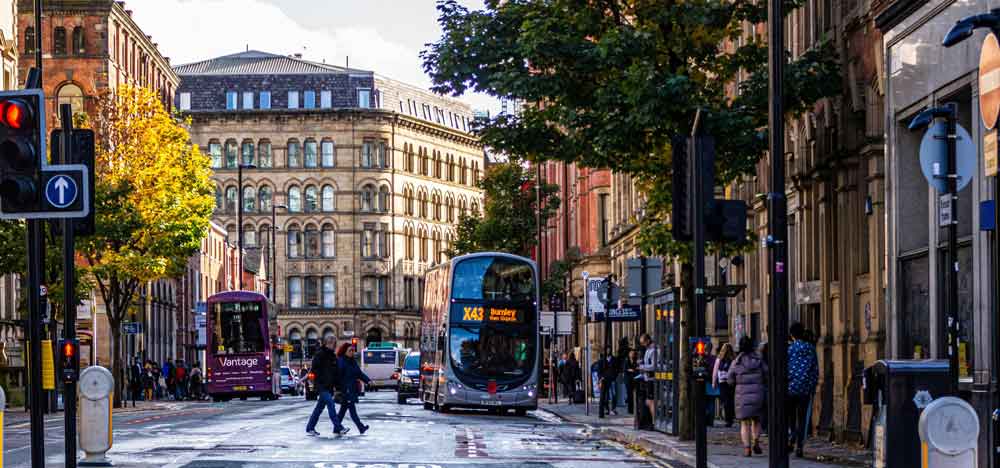
The Impact on Traffic Flow
One of the primary arguments against speed bumps and humps is their adverse effect on traffic flow. Critics claim that these road features cause congestion and disrupt the natural rhythm of traffic. They often cite instances where speed bumps have resulted in longer travel times and increased frustration among motorists.
However, supporters argue that speed bumps are necessary to create safer spaces, especially near schools, parks, and residential areas. They believe that the inconvenience caused by speed bumps is a small price to pay for the enhanced safety they bring to vulnerable road users, such as children and pedestrians.
It is important to note that the impact of speed bumps on traffic flow can vary depending on various factors such as the design of the road, the placement of the speed bumps, and the volume of traffic in the area. In some cases, well-designed speed bumps can actually help to calm traffic and reduce speeding, leading to a smoother flow of vehicles and a safer environment for all road users.
Furthermore, studies have shown that speed bumps can be effective in reducing the number and severity of accidents in areas where they are installed. By forcing drivers to slow down, speed bumps help to prevent collisions and protect vulnerable road users. This safety benefit cannot be overlooked when considering the overall impact of speed bumps on traffic flow and road safety.
Design Considerations for Speed Bumps and Humps
The design of speed bumps and humps plays a crucial role in their effectiveness and acceptance. Well-designed bumps should be clearly visible and adequately marked, ensuring that drivers have sufficient time to slow down safely.
Additionally, the height and width of speed bumps should strike a balance between speed reduction and driver comfort. If speed bumps are too high or too aggressive, they can cause discomfort and potential damage to vehicles. On the other hand, if they are too low or subtle, they may not effectively slow down speeding vehicles.
When it comes to the materials used for speed bumps, there are various options available, each with its own set of advantages and disadvantages. Concrete speed bumps are durable and long-lasting, making them a popular choice for permanent installations. However, they can be costly to install and may require more maintenance over time.
On the other hand, rubber speed bumps are more cost-effective and easier to install, making them ideal for temporary traffic calming measures. They are also known for being more forgiving on vehicles and providing a smoother ride compared to their concrete counterparts. However, rubber speed bumps may wear out faster and need to be replaced more frequently.
Case Studies: Successful Implementation Strategies
Across the world, numerous cities have successfully implemented speed bumps and humps while minimizing the negative impact on traffic flow. Case studies from these cities provide valuable insights into successful strategies for speed bump implementation.
Munich, Germany, for example, introduced innovative speed bumps that are angled and wider than traditional ones. These modified bumps allow vehicles to pass over them more comfortably, minimizing the disruption to traffic flow while still effectively controlling speeding.
Tokyo, Japan offers another intriguing case study in speed bump implementation. In Tokyo, the city authorities have experimented with incorporating solar-powered LED lights into their speed bumps. These lights are activated when a vehicle approaches, enhancing visibility and alerting drivers to the presence of the speed bump well in advance. This proactive approach has not only reduced the likelihood of sudden braking but has also contributed to a smoother traffic flow in residential areas.
New York City, USA, has taken a community-driven approach to speed bump implementation. By involving local residents in the decision-making process, the city has been able to identify high-traffic areas where speed bumps would have the most significant impact on road safety. This collaborative effort has not only improved road safety but has also fostered a sense of community ownership and responsibility among residents.
Legal Implications and Regulations
Speed bumps and humps are subject to various legal implications and regulations. Different jurisdictions have specific requirements regarding their design, placement, and signage. Failure to adhere to these regulations may result in legal consequences, rendering the speed bumps ineffective or even enforceable.
It is crucial for city planners and policymakers to understand and follow the legal frameworks governing speed bumps to ensure their proper implementation. By doing so, they can strike a balance between road safety and compliance with local regulations.
The legal landscape surrounding speed bumps extends beyond just their physical characteristics. In some regions, there are specific laws dictating the process for installing speed bumps, including requirements for community input or approval from local authorities. This ensures that the implementation of speed bumps is not only legally sound but also considers the perspectives and needs of the community.
The enforcement of regulations related to speed bumps can vary widely. Some areas have dedicated enforcement units that monitor the compliance of speed bump installations, while others rely on community members to report violations. Understanding the enforcement mechanisms in place is essential for both those installing speed bumps and those using the roadways where they are present.
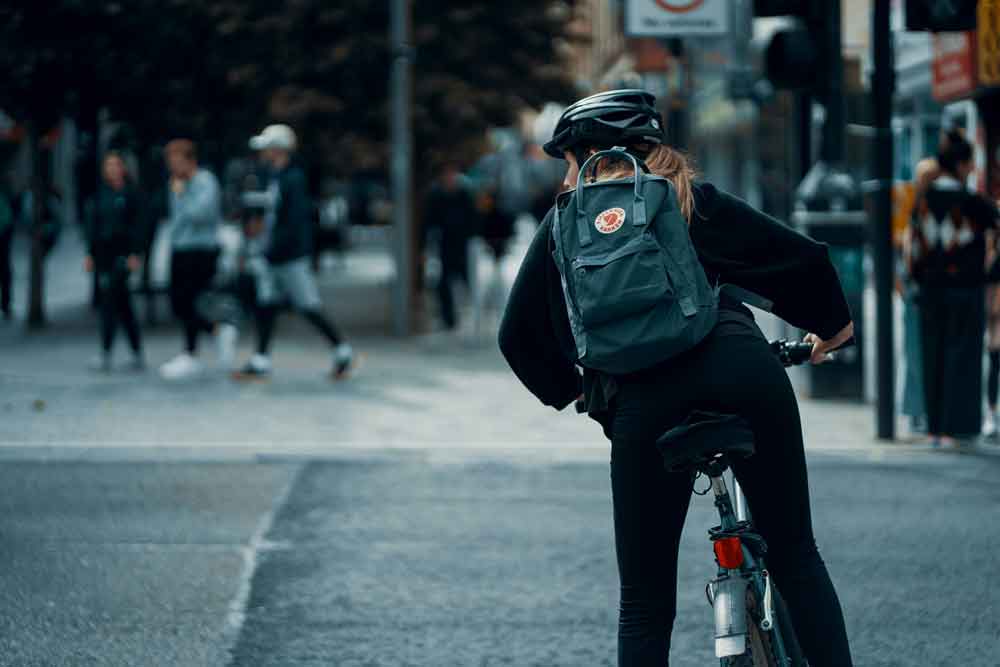
Bump Strips and Cyclist Safety: A Delicate Intersection
Speed bumps and humps can create a delicate intersection when considering the safety of cyclists. Bump strips, narrow strips positioned across the road, have gained attention as an alternative to traditional speed bumps. These strips are designed to discourage cars from driving on cycling lanes.
Though bump strips aim to enhance cyclist safety, some argue that they pose risks, especially for cyclists riding parallel to the road. Ensuring the safety of cyclists while also protecting them from errant drivers remains a complex challenge. Striking the right balance between cyclist safety and effective traffic calming measures requires careful consideration and innovative solutions.
One key consideration in the debate over bump strips is the potential impact on emergency vehicles. While bump strips can effectively slow down regular traffic, they may also impede the response time of emergency services. Finding a solution that addresses the needs of all road users, including cyclists, motorists, and emergency responders, is crucial for creating a safe and efficient road environment.
The design and placement of bump strips play a significant role in their overall effectiveness. Properly engineered bump strips should be clearly marked to alert drivers and cyclists, reducing the likelihood of accidents or conflicts. Additionally, incorporating feedback from cyclists and other road users in the planning and implementation process can help identify potential issues and improve the overall safety impact of bump strips.
Speed bumps and humps are undoubtedly a contentious topic, with varying opinions and perspectives. Balancing road safety, community feedback, environmental considerations, traffic flow, and legal implications is no easy task. However, by exploring alternative solutions, considering innovative approaches, and engaging in constructive dialogue, we can strive towards achieving a harmonious balance in our quest for safer roads.


